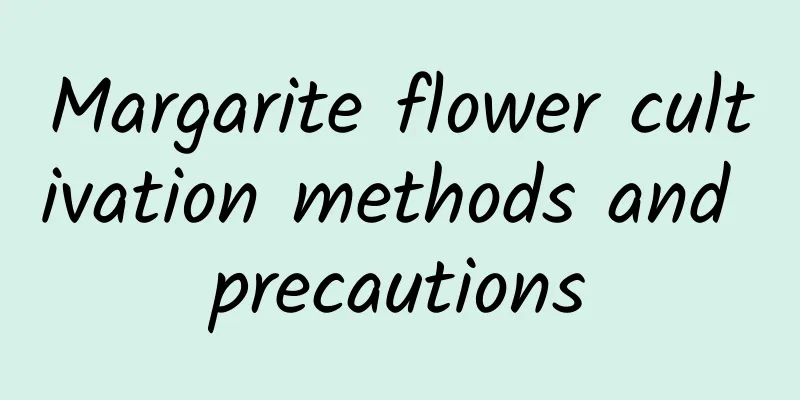How to plant balcony basil

Variety selectionCommon varieties of perilla include wrinkled leaf perilla and pointed leaf perilla. The most commonly used in cultivation is wrinkled leaf perilla because it has strong adaptability and is more suitable for cultivation in warm areas. Sowing methodPerilla prefers a warm and humid environment. The lower reaches of the Yangtze River are more suitable for sowing in April. For home potted plants, direct seeding is generally chosen. Choose a container of about 20 cm in size, and prepare the potting soil by mixing 8 parts of cooked garden soil, 1 part of decomposed organic fertilizer, 0.5 parts of compound fertilizer, and a small amount of superphosphate. Sow a hole in the container, sow 3 seeds, then cover with soil, water, and wait for seedlings to emerge. If the soil is compacted after the seedlings emerge, the soil should be loosened and the seedlings should be transplanted after about 35 days. Maintenance methodsAfter sowing, place the container in a place with sufficient light. Pay attention to keeping warm during the seedling stage. The seeds grow relatively slowly in the early stage, so the soil should be loosened in time to maintain the air permeability of the soil. Pay attention to shading in summer. Perilla grows vigorously in summer and has strong branching, so it needs sufficient water and nutrients. Therefore, it is necessary to apply quick-acting fertilizer 2-3 times and occasionally spray nutrient solution. If the plant is grown at home for food, the leaves can be picked when they grow to a certain size, and the top that has undergone flower bud differentiation can be removed at any time to prevent it from blooming, thus maintaining vigorous growth of the stems and leaves. If it is grown for ornamental purposes, some of the stems and leaves should be removed appropriately to reduce the consumption of nutrients by the stems and leaves. During the breeding process, perilla often suffers from powdery mildew, rust, etc., which can be controlled with 800 times diluted Xiansheng or 1500 times diluted Shigao. However, home breeding generally does not produce insect pests, so there is no need to control insect pests. |
<<: How to prevent balcony vegetable diseases and insect pests
>>: How to grow potatoes on the balcony
Recommend
Cultivation methods and precautions of Nanteng
soil Choose to plant on sandy or sandy loam soil,...
How to water the Swallow's Palm
1. Check the soil Generally, we don't water t...
Where is agarwood suitable for planting?
Agarwood planting area Agarwood generally grows i...
How to choose good seeds and seedlings for growing vegetables on the balcony
Learn to distinguish good seedlings There are two...
What is the fastest and best way to make bougainvillea bloom?
Bougainvillea is a hard-flowering plant. If prope...
How much potassium dihydrogen phosphate is appropriate to put in 30 kg of water
Potassium dihydrogen phosphate has always been a ...
Why does the orchid only grow leaves but no flowers?
1. Lack of light Many people know that it likes s...
What to do if the leaves of Clivia are not neat
1. Adjust the position regularly There are usuall...
When is the best time to plant Clivia?
In today's flower market, there are many vari...
What is the best fertilizer for Huangguoshu?
Fertilization time of Huangguoshu Huangguoshu tre...
When is the best time to plant mint seeds?
Mint seed planting time Mint is a perennial plant...
How many years does it take for a jujube tree to bear fruit?
The date tree has been planted for several years ...
Don't water the longevity flower cyclamen casually in summer, or it will die if you are not careful
Schlumbergera Reasons for growing flowers: During...
How does ginseng fig become aerial root fig?
Wrapping This is a relatively simple method. Wrap...
How to eat Dendrobium nobile
1. Meal (1) Method: Take 10 to 20 grams of fresh ...









